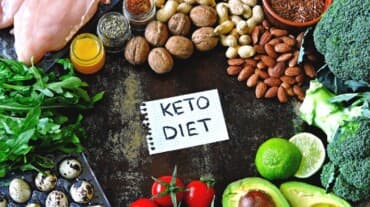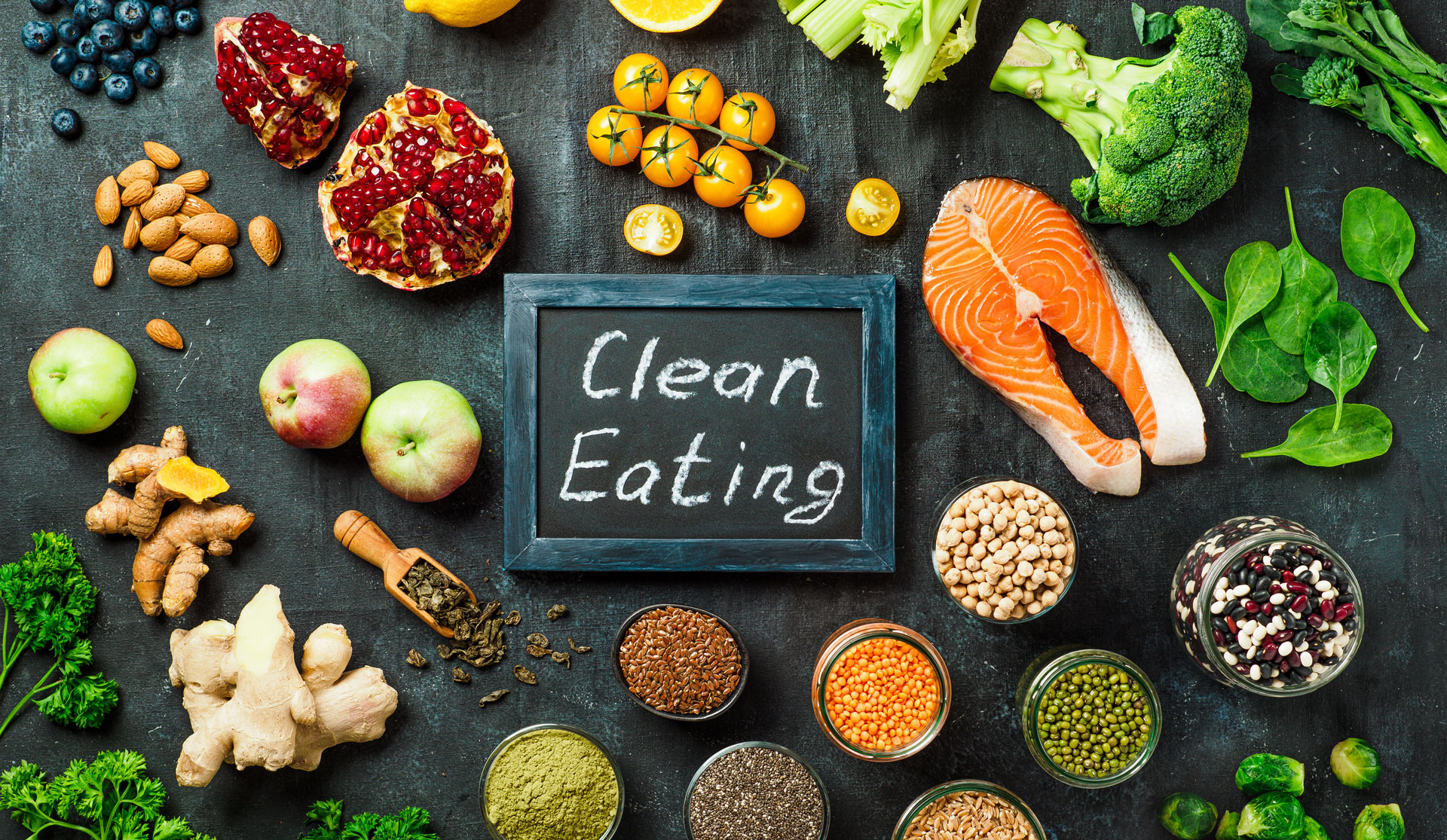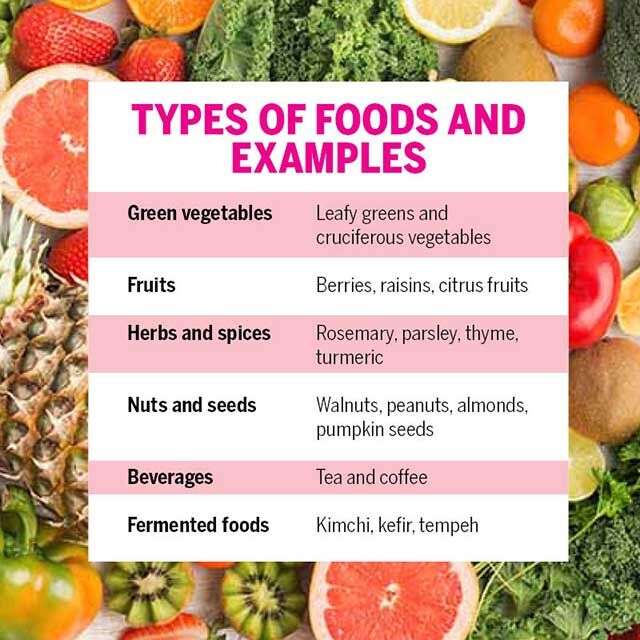
EWG is easy-to-use, thanks to its search bar. You can quickly find any product you want. This app is useful for anyone who wants to make informed decisions about food and drinks. The app provides information on over 2,500 household products and can be saved to your favorites recipes. You can also read ratings and submit photos of products you'd like to see added to the database.
EWG is an app that can help you monitor your health. It allows you to search for safety in ingredients in thousands products. This includes personal care products and food. The app can scan barcodes to verify the safety of products and has a large database of all the ingredients. Through the app, you can view the product's ratings as well as buy directly at Amazon or Sephora.

EWG provides all the information you need in order to make informed food decisions. The free app rates the nutrition of food on a scale of 1 to 10, and allows you to see what you can avoid by avoiding it. The app also contains a reference list for essential oils. This will allow you to determine which Young Living oils are most suitable for specific conditions and their properties. You can find information about many ingredients, as well as learn about their strengths and weaknesses by using the app.
Another helpful app is the Healthy Living App, which breaks down the ingredients in products. This app allows you to determine which ingredients are good for you and which ones are not. You can even use it to compare two apps that look similar. Think Dirty offers a similar tool. It gives you information about each product and rates them from one to 10. It also gives you information on the health effects of each ingredient.
The Environmental Working Group's Healthy Living App has information on cleaners, something that isn't available in most apps. This app is great for finding safe products for your family and the environment. The product barcode can be scanned to find a specific ingredient. This will give you an objective evaluation. When you're searching for a cosmetic, ensure you understand its ingredients. This app will make your life easier and safer.

The Environmental Working Group App allows you to verify the safety of food you are eating. It displays the ingredients and brands of any food you've purchased. You can also use the EWG's Food Scores app to compare brands and foods. Sunscreen Guide by the EWG is a great tool for people who want to make informed decisions. It has a color-coded system that will help you find safe products for your family.
FAQ
How can I get enough vitamins
Your diet can provide most of your daily requirements. Supplements are an option if you are low in any vitamin. A multivitamin can contain all the vitamins that you need. You can also buy individual vitamins in your local drugstore.
Talk to your doctor about the best foods for vitamins if you're concerned about not getting enough nutrients. The best sources of vitamins K, E, and C are found in dark green leafy veggies such as spinach and broccoli, kale.
Ask your doctor if you're not sure how many vitamins you should take. He or she will recommend the appropriate dosage based on your medical history and current health status.
What lifestyle is most healthy?
You can live a healthier lifestyle if you eat healthy food and exercise regularly. These are the keys to a healthy and long-lasting life.
Small changes to your diet or exercise routine can help you start losing weight. To lose weight, you can start walking for 30 mins each day. Or, if you want to get more active, take up swimming or dancing. You could also sign up to an online fitness platform like Strava, which tracks your activity.
How can I live the best life possible every day?
To live a happy life, the first step is to discover what makes you happy. Once you are clear about what makes you happy and satisfied, you can move on to the next step. You can also ask other people what they do to live the best lives possible every day.
You can also check out books like "How to Live Your Best Life" from Dr. Wayne Dyer. He discusses happiness and fulfillment in every aspect of our lives.
Supplements and herbs can improve immunity
Herbs and natural remedies can be used to boost immune function. You can use ginger, garlic, echinacea oregano oil and vitamin C as examples.
These herbal remedies should not be used in place of conventional medical treatment. Side effects may include nausea, diarrhea, stomach cramps (dizziness), headaches, dizziness and stomach cramps.
What are 10 healthy habits you can adopt?
-
Eat breakfast every day.
-
Don't skip meals.
-
Eat a balanced, healthy diet.
-
Get plenty of water.
-
Take care to your body.
-
Get enough rest.
-
Avoid junk food.
-
Do some exercise every day.
-
Have fun
-
Find new friends
What are the 7 best tips to lead a healthy, happy life?
-
Make sure you eat right
-
Exercise regularly
-
Good sleep
-
Drink lots of water
-
Get adequate rest
-
Happy!
-
Smile often
Do I need calories to count?
You might wonder, "What's the best diet for me?" or "is counting calories necessary?" Well, the answer depends on several factors including your current health status, your personal goals, your preferences, and your overall lifestyle.
The Best Diet For Me - Which One Is Right For You?
The best diet depends on me, my health, my goals, my preferences and my overall lifestyle. There are many different diets, some good and some not so good. Some diets work for some people, while others are not. What should I do then? How can I make the right choice?
These are the questions this article will answer. It begins with an overview of the different diets today. Then we will discuss the pros & cons of each kind of diet. Finally, we'll discuss which one is best.
Let's start by taking a look at the various types of diets.
Diet Types
There are three types of diets available: ketogenic, high-protein, and low fat. Let's look at each one briefly.
Low Fat Diets
A low fat diet means a diet that reduces the intake of fats. This is achieved by reducing saturated fats like butter, cream cheese, and other dairy products. These fats can be replaced with unsaturated fats like avocados and olive oil. For those looking to lose weight quickly, a low-fat diet is often recommended. This type of diet can lead to constipation and heartburn as well as indigestion. A person may also experience vitamin deficiencies if they don't get enough vitamins.
High Protein Diets
High protein diets are known to restrict carbohydrate intake and promote the consumption of proteins. These diets have higher protein levels than other diets. They are meant to help build muscle mass and burn more calories. They may not be able to provide sufficient nutrition for people who need it. They can also be very restrictive so they may not be suitable for everyone.
Ketogenic Diets
Ketogenic diets are also known as keto diets. They are high on fat but low in carbs and proteins. These are often used by bodybuilders and athletes because they allow them the ability to train harder and for longer periods of time without feeling tired. To avoid side effects such as fatigue, nausea, headaches, or other unpleasant side effects, you must strictly adhere to their instructions.
Statistics
- This article received 11 testimonials and 86% of readers who voted found it helpful, earning it our reader-approved status. (wikihow.com)
- WHO recommends reducing saturated fats to less than 10% of total energy intake; reducing trans-fats to less than 1% of total energy intake; and replacing both saturated fats and trans-fats to unsaturated fats. (who.int)
- In both adults and children, the intake of free sugars should be reduced to less than 10% of total energy intake. (who.int)
- According to the Physical Activity Guidelines for Americans, we should strive for at least 150 minutes of moderate intensity activity each week (54Trusted Source Smoking, harmful use of drugs, and alcohol abuse can all seriously negatively affect your health. (healthline.com)
External Links
How To
What does the "vitamins” word mean?
Vitamins are organic substances found naturally in food. Vitamins help us absorb nutrients from foods we eat. Vitamins cannot be made by the body; they must be taken from food.
There are two types: water-soluble and fat-soluble vitamins. Water-soluble vitamins dissolve easily when they are dissolved in water. Vitamin C,B1(thiamine), B2 (2riboflavin), and B3 (3niacin), as well as vitamin C,B1, B2 (riboflavin), and B3 (niacin), vitamin B6 (pyridoxine), vitamin folic acid (biotin), pantothenic, and choline are examples. Fat soluble vitamins are stored in the liver and fatty tissue. You can find vitamin D, E K, A, beta carotene, and other fat-soluble vitamins.
Vitamins are classified according to their biological activity. There are eight major groups of vitamins:
-
A - Vital for normal growth and maintaining good health.
-
C is important for nerve function and energy production.
-
D - Vital for healthy bones and teeth
-
E is required for good vision and reproduction.
-
K – Required for healthy nerves & muscles.
-
P - Vital for strong bones and teeth.
-
Q – aids digestion of iron and iron absorption
-
R - Red blood cells are made from red blood cells.
The recommended daily allowance (RDA), for vitamins, varies depending upon age, gender, or physical condition. The U.S. Food and Drug Administration has established the RDA values.
For adults over 19, the RDA for vitaminA is 400 micrograms per daily. Because it is essential for the development of the fetus, pregnant women should consume 600 micrograms per daily. Children ages 1-8 require 900 micrograms per day. For infants younger than one year, 700 micrograms are required daily. However, this number drops to 500 micrograms each day for children aged 9-12 months.
Children ages 1-18years who are obese need 800 micrograms per day while those who are overweight need 1000 micrograms per day and children who are underweight need 1200 micrograms per day to meet their nutritional needs.
Children ages 4-8 years who have been diagnosed with anemia need 2200 micrograms per day of vitamin C.
2000 micrograms is the minimum daily intake for adults over 50 years old to maintain good health. Mothers who are pregnant, nursing, or have a high nutrient need will require 3000 micrograms a day.
1500 micrograms are required daily by adults over 70 because they lose approximately 10% of their muscle each decade.
Women who are pregnant or lactating need more than the RDA. Pregnant mothers need 4000 micrograms per daily during pregnancy and 2500 after giving birth. Breastfeeding mothers need to consume 5000 micrograms every day when breastmilk has been produced.